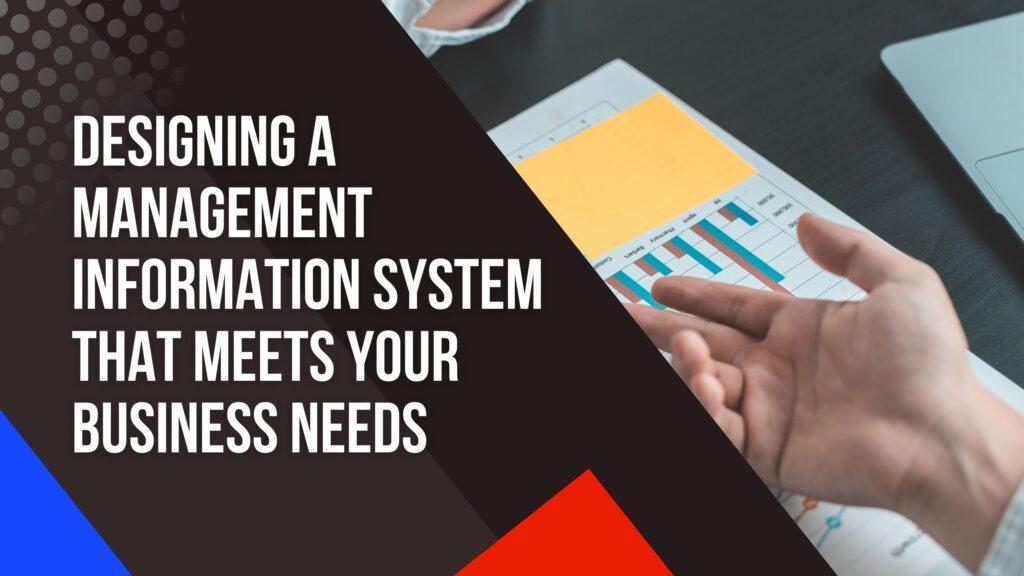A management information system (MIS) is an essential tool for decision-making and planning in any business. It provides crucial data and insights that help managers understand their business and make informed decisions. However, building an effective MIS can be a challenging task. In this article, we will outline the steps you need to take to design a management information system that meets your business needs.
1. Define Your Business Goals
The first step in designing your MIS is to clearly define your business goals. Your MIS should be tailored to your specific business needs, and it should provide the data and insights you need to achieve your goals. Take the time to review your business objectives and identify the information you need to make informed decisions.
2. Identify the Data Sources
Your MIS will depend on data from a variety of sources, including internal systems and external sources such as customer data or industry benchmarks. Identify the data sources you need to integrate into your MIS, and ensure that you have access to this data in a timely and accurate manner.
3. Choose the Right Tools
The tools you choose for your MIS will depend on your business needs and the data sources you need to incorporate. Consider using tools such as business intelligence platforms or data visualization software to help you analyze and present your data. These tools can help you make more informed decisions and communicate your analysis to others in your organization.
4. Design Your MIS Architecture
Once you have identified your data sources and chosen your tools, it’s time to design the architecture of your MIS. Consider the structure and layout of your MIS, as well as the data integration processes and data storage solutions you will need to implement. Work with a skilled MIS designer to ensure that your system is scalable, flexible, and reliable.
5. Test and Refine Your MIS
Before you implement your MIS, it’s essential to test it thoroughly to ensure that it meets your business needs. Once you have implemented your system, continue to monitor it and refine it as needed based on feedback from your stakeholders.
6. Implement the MIS
Implement the MIS system carefully. Ensure all employees receive adequate training to use the system proficiently. Ensure that the system is backed up regularly and maintain it regularly to ensure optimal performance.
Designing an effective management information system that meets your business needs takes time, effort, and expertise. However, if you follow the steps outlined in this article, you can build an MIS that provides the data and insights you need to make informed decisions and drive your business forward.
